Articles By: Egnyte
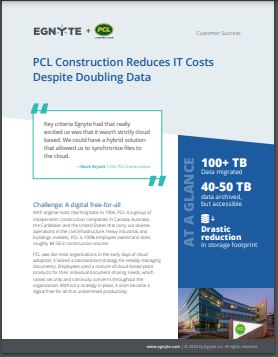
PCL Construction Reduces IT Costs Despite Doubling Data
PCL managed hundreds of projects concurrently that required dedicated, on-site file servers. This became a nightmare due to the number of computer-aided design (CAD) and other large file types generated by architects and engineers.
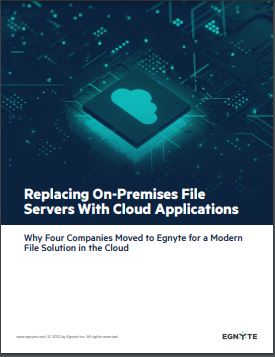
Replacing On-Premises File Servers With Cloud Applications
File servers have fulfilled a vital role in networking infrastructure for decades. Over the years, these on-premises file solutions matured to address cost, availability, and performance requirements with additional features and architectures such as RAID, NAS, and SAN.
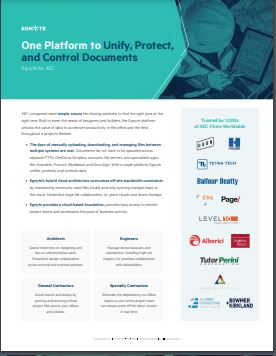
Egnyte For AEC – One Platform to Unify, Protect, and Control Documents
AEC companies need simple, secure file sharing solutions to find the right data at the right time. Built to meet the needs of designers and builders, the Egnyte platform unlocks the value of data to accelerate productivity in the office and the field throughout a project’s lifetime.
Building Resilience Today for Tomorrow’s Growth
By implementing new technologies, businesses have gained unprecedented levels of resiliency – positioning them for prosperity in the midst of changing market conditions. View this video to learn how firms are deploying cloud solutions to achieve their growth objectives in uncertain times – and beyond.
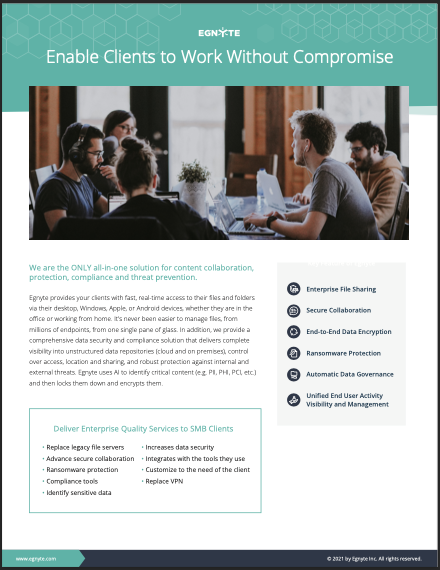
Protect and Grow Your Business with Egnyte
Egnyte partners with IT Service Providers to bring content collaboration and governance to organizations all over the world. Our diverse set of partners serve customers of all sizes and industries globally.
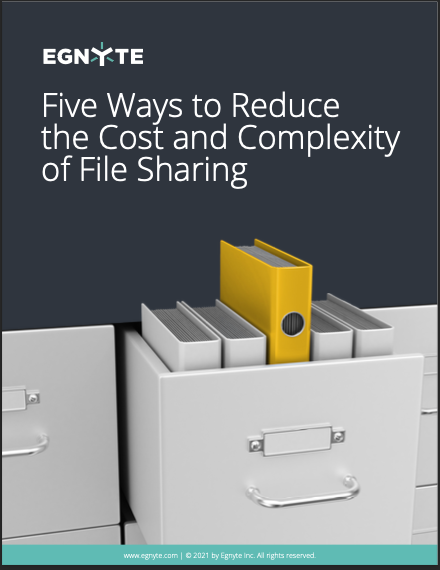
Five Ways to Reduce the Cost and Complexity of File Sharing
The legacy file server is dead! Have clients that are looking to replace their file servers? Looking for a solution that is easy to deploy and manage? In this eBook Egnyte shares 5 ways you can reduce the cost and complexity of file sharing.
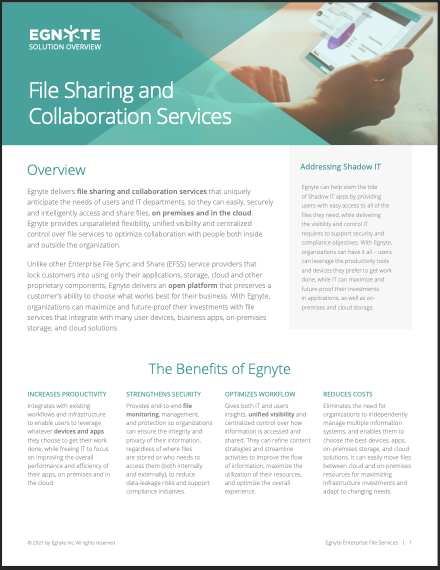
Egnyte Solution Overview
Egnyte is the only all-in-one platform that combines data-centric security and governance, AI for real-time and predictive insights, and the flexibility to connect with the content sources and applications your business users know and love — on any device, anywhere, without friction.



